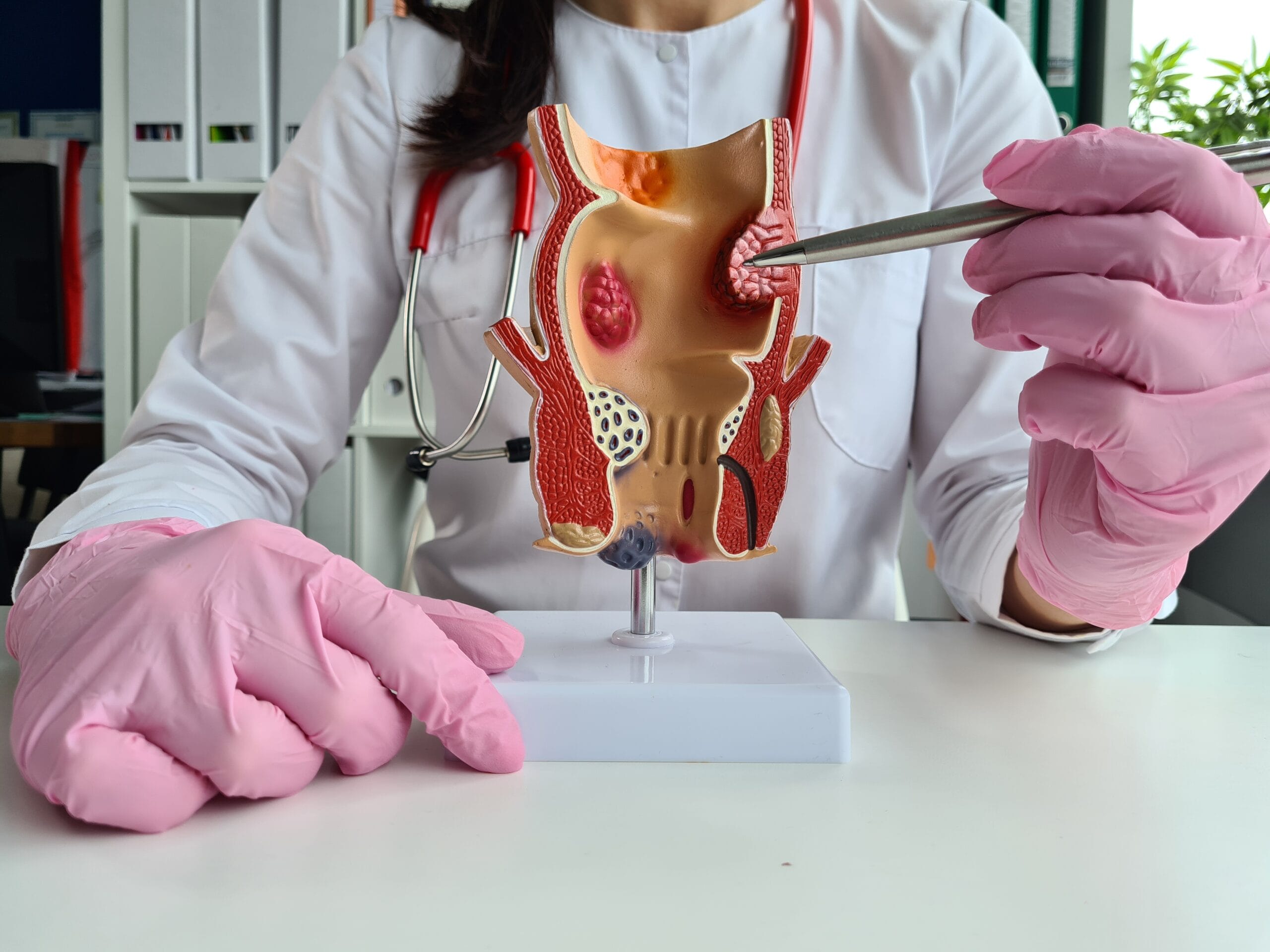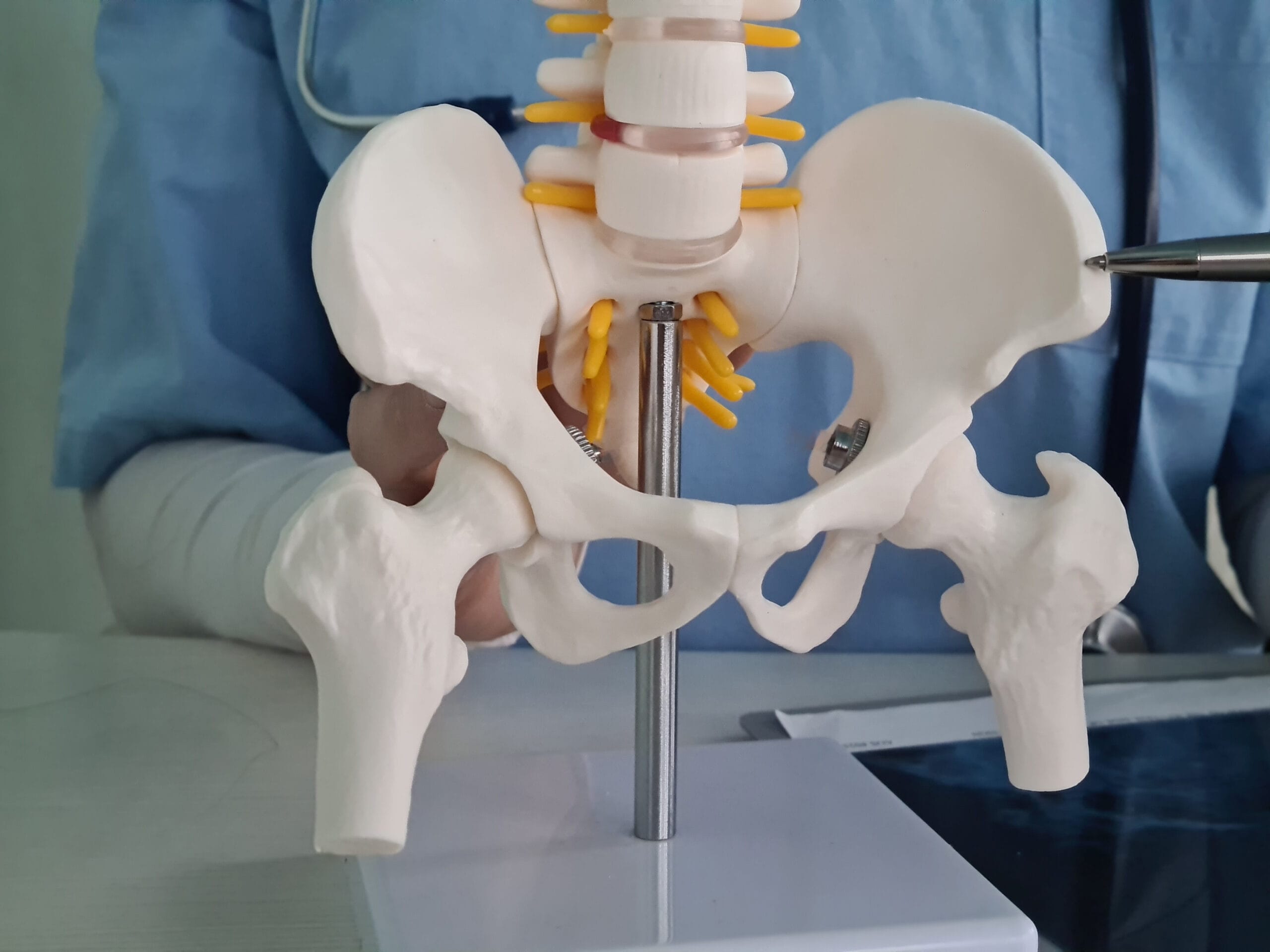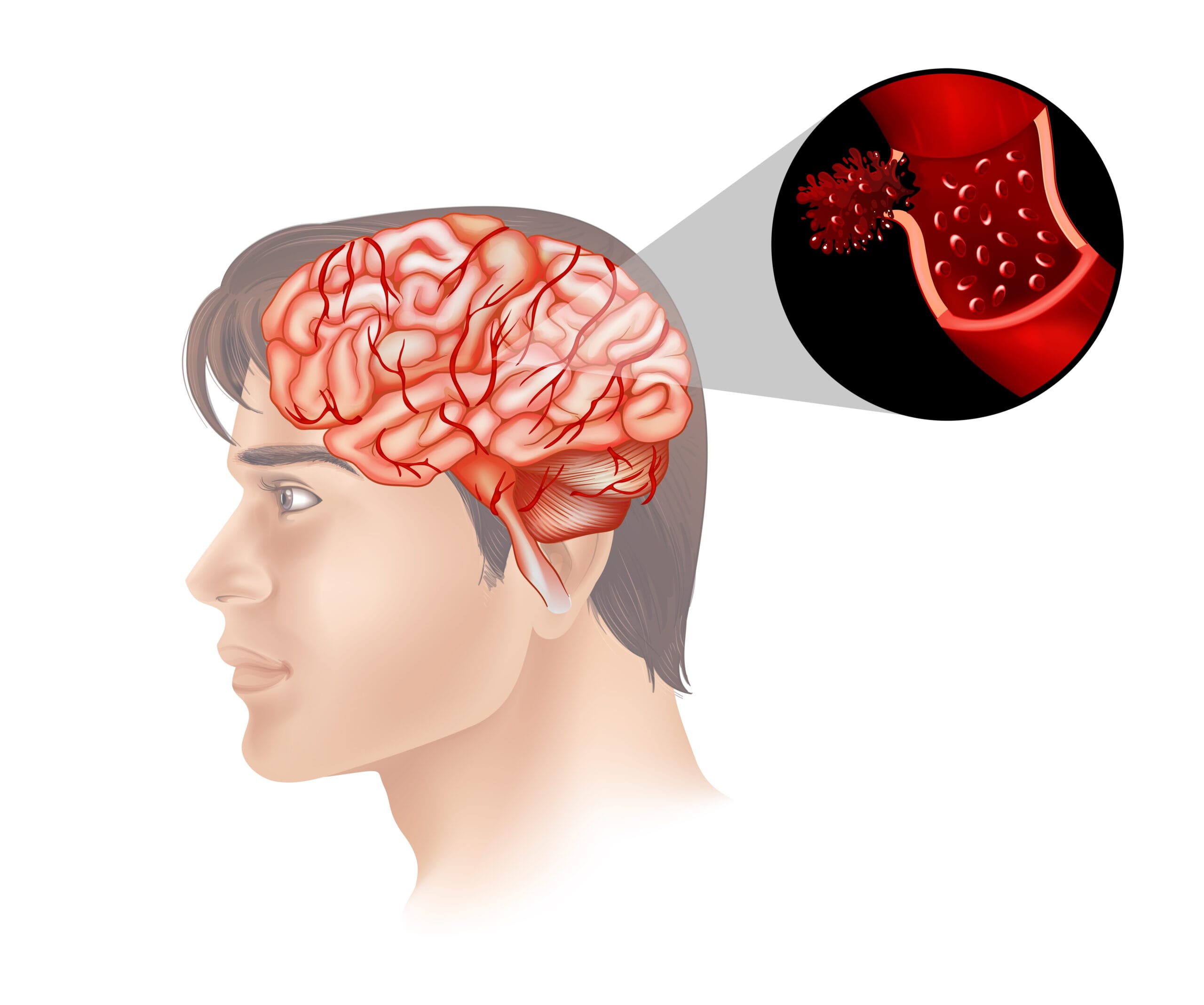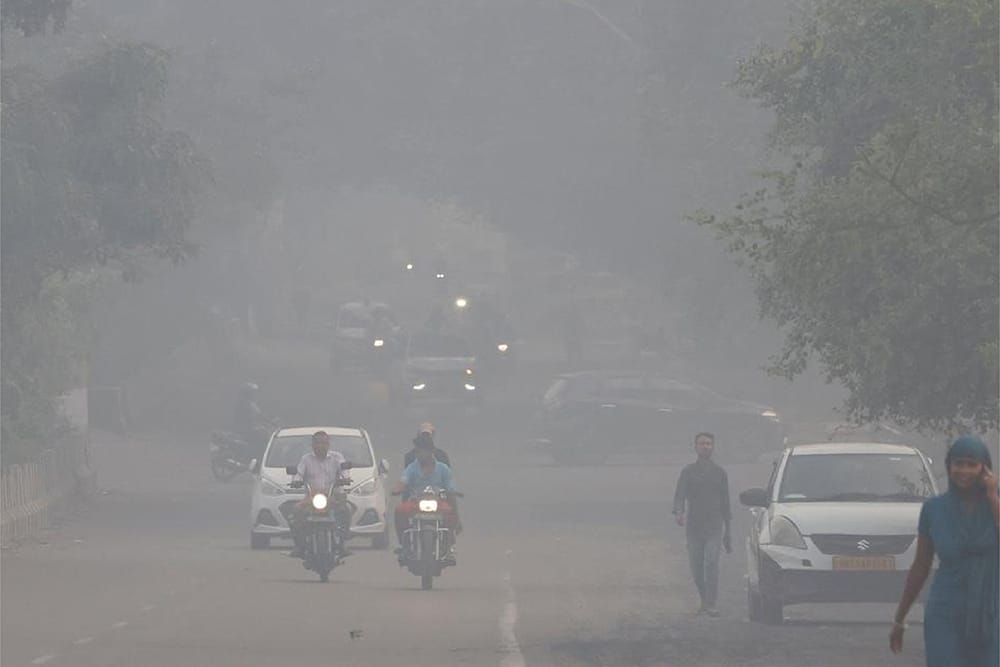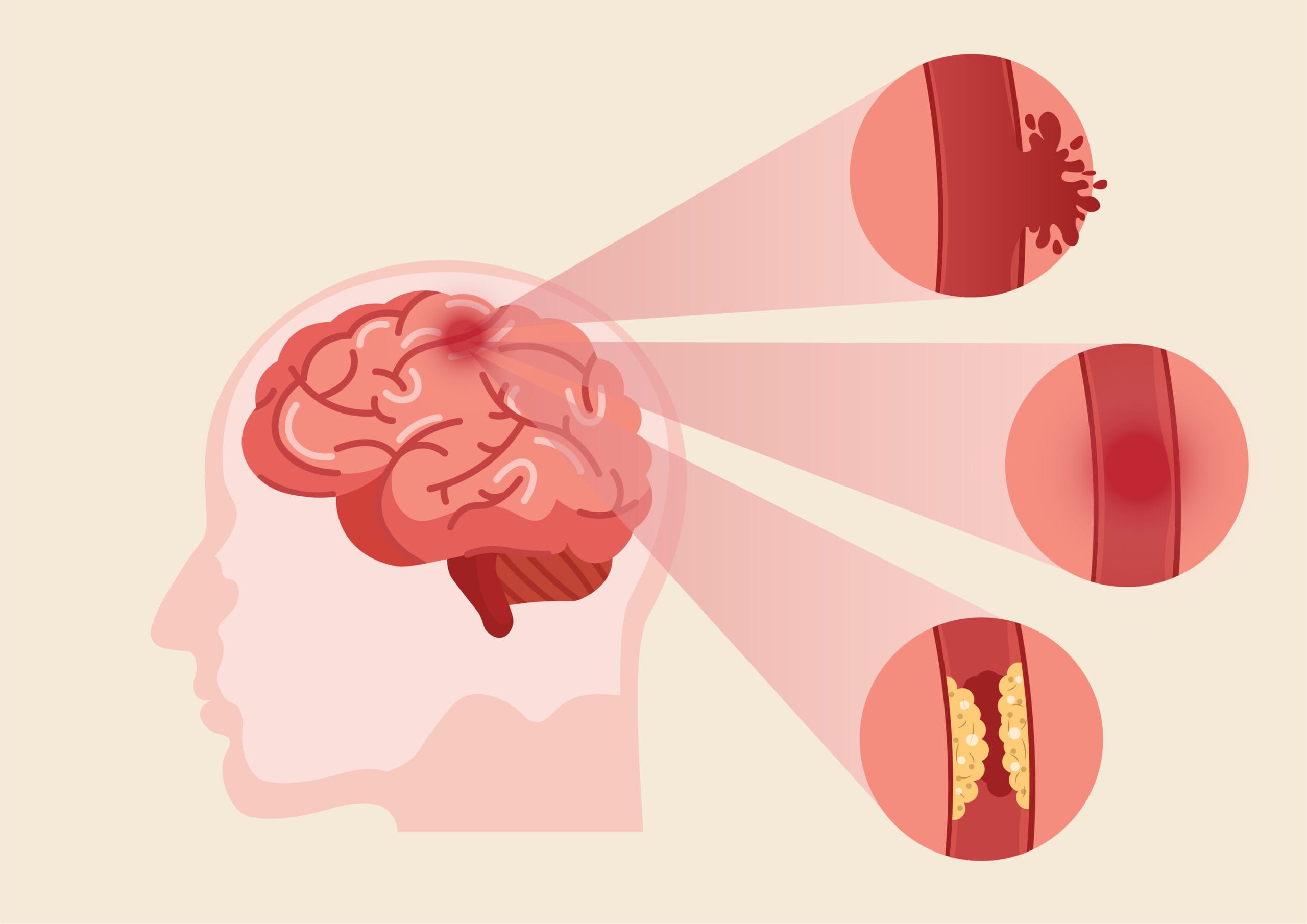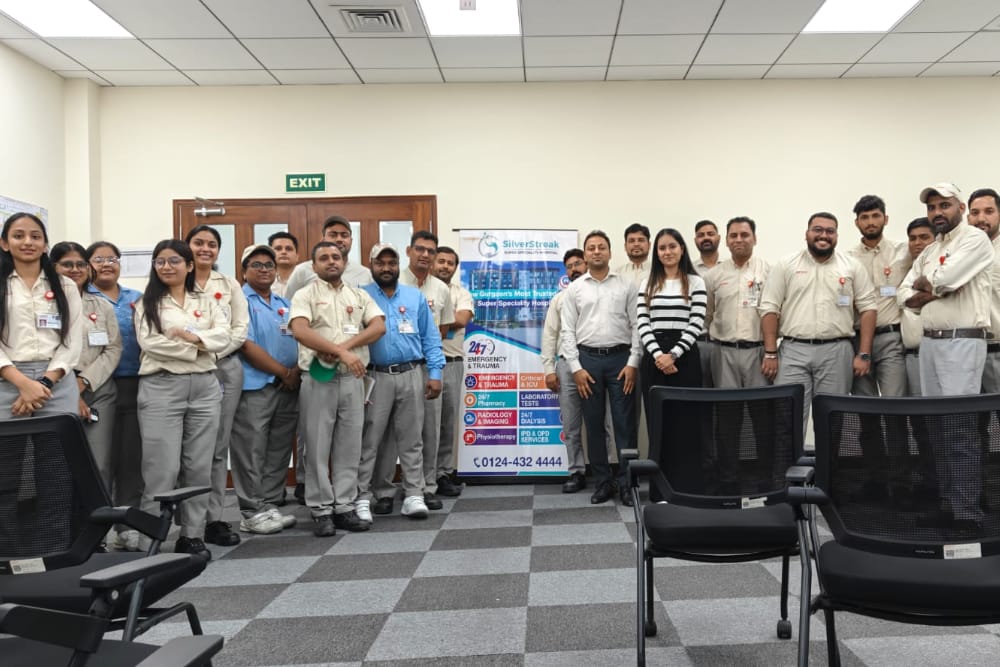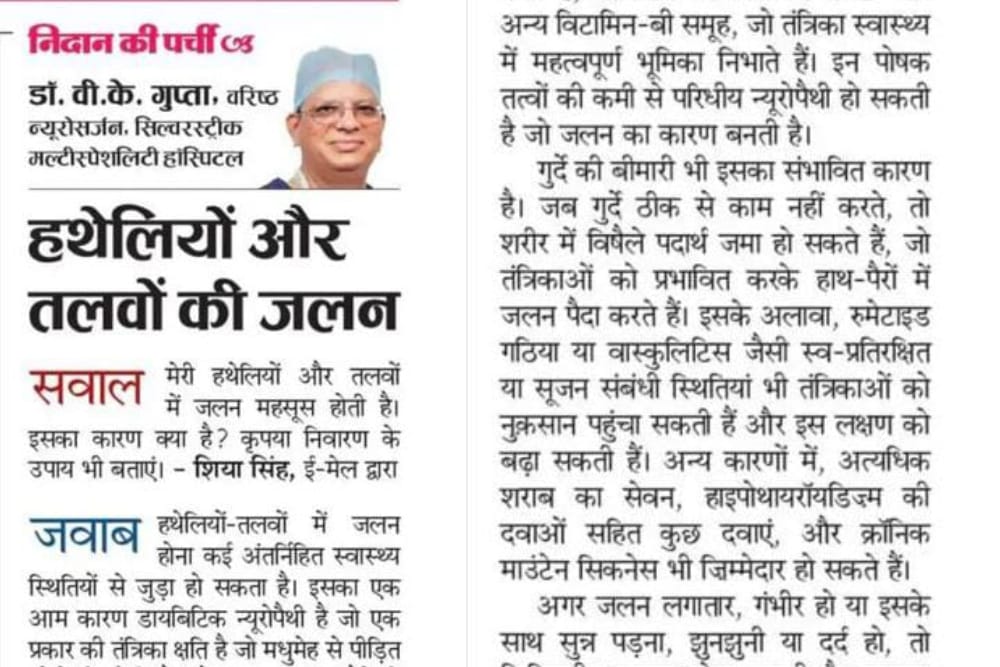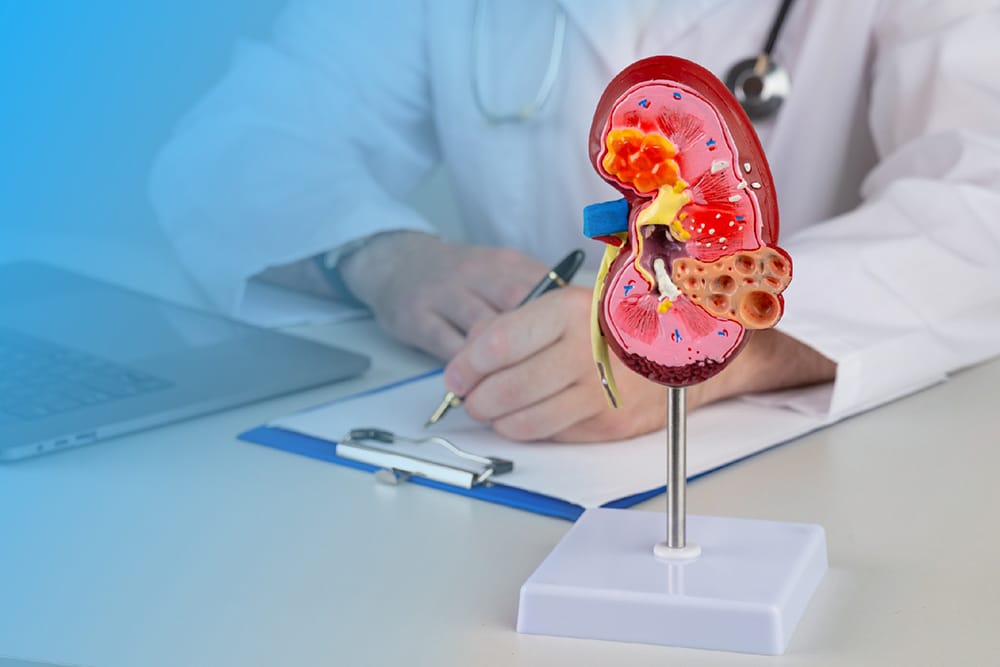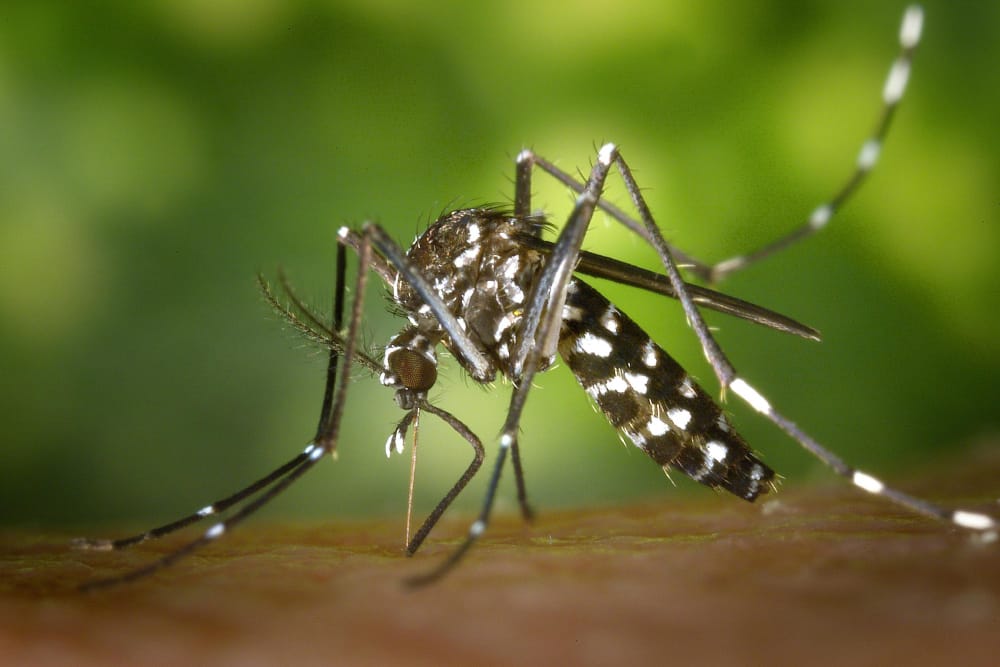H3N2 Flu: Symptoms, Diagnosis, Treatment & Prevention
-

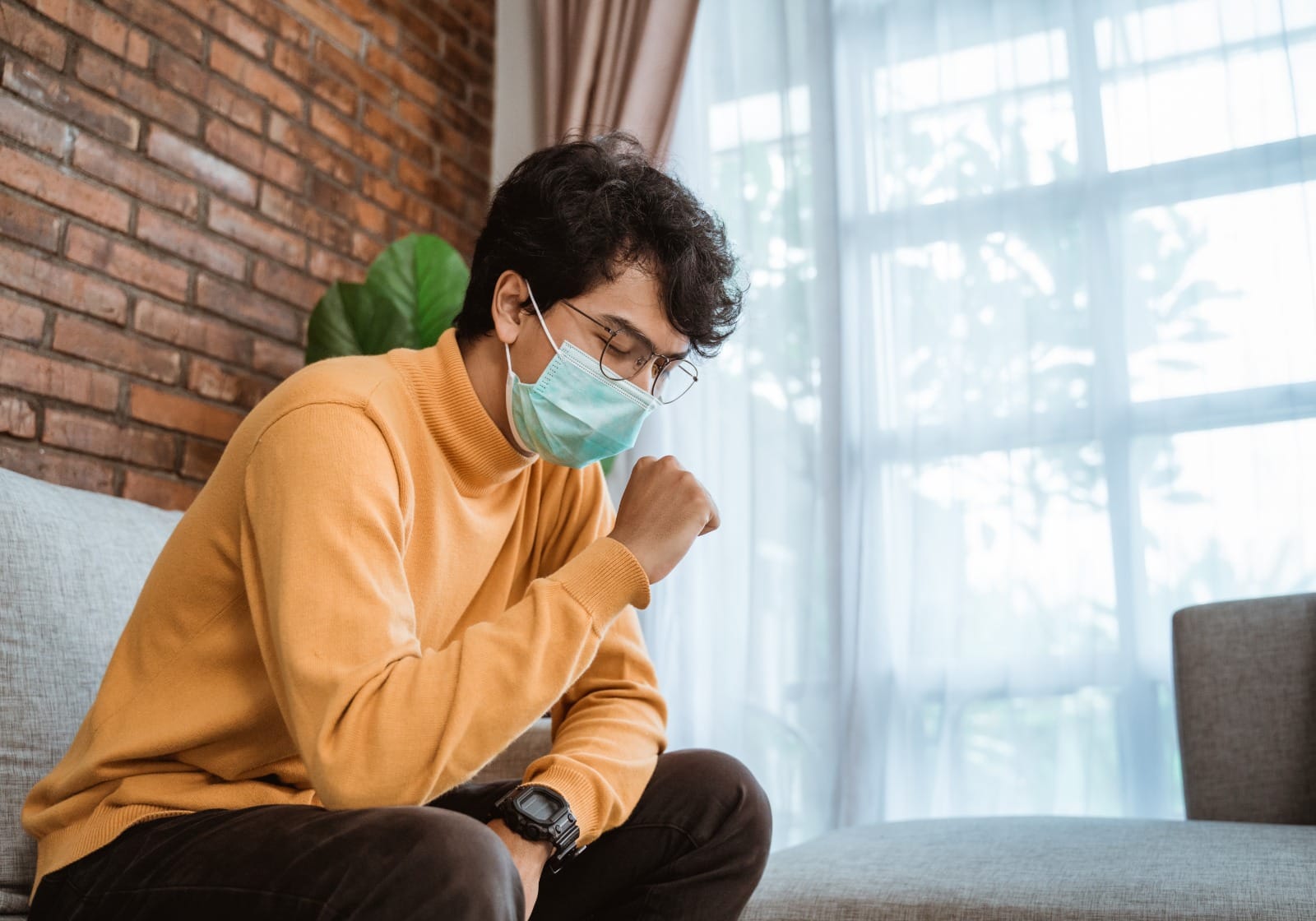
Over the past few months, India has seen a worrying rise in H3N2 flu cases, especially in urban centers like Gurgaon and Delhi-NCR. This flu strain, a subtype of Influenza A, is making headlines because of its fast spread and longer-lasting illness compared to the common flu.
What’s getting the most attention are the h3n2 flu symptoms — high fever, persistent cough, sore throat, and severe body aches — which can keep patients bedridden for days. Unlike seasonal flu that usually eases in 2–3 days, many people with H3N2 report symptoms lasting up to a week or more.
For families, schools, and workplaces, this has turned into a public health concern. Doctors are urging early detection, proper medical guidance, and awareness of the warning signs to prevent complications.
The H3N2 flu is a specific strain of Influenza A virus, identified by two surface proteins: Hemagglutinin (H3) and Neuraminidase (N2). These proteins help the virus infect human cells and spread from person to person.
Unlike the “regular” seasonal flu, the H3N2 variant is known to cause more severe respiratory symptoms and higher hospitalization rates, particularly among children, the elderly, and people with pre-existing health conditions.
Doctors in India are paying extra attention this year because the h3n2 flu symptoms have been stronger and longer-lasting compared to previous flu seasons. Many patients report extended fatigue, breathing discomfort, and slow recovery — making it more than “just another flu.”
The first thing doctors want people to understand is that h3n2 flu symptoms often look very similar to seasonal flu — but they tend to last longer and hit harder.
Here’s what you should watch out for:
If you notice these h3n2 flu symptoms, consult a doctor immediately. Early treatment can prevent complications, especially for children, elderly patients, and those with chronic health issues.
One of the reasons H3N2 flu has become a growing concern in Gurgaon and other parts of India is its highly contagious nature.
Main Modes of Transmission
Seasonal & Community Spread
This is why doctors recommend wearing masks, washing hands frequently, and avoiding close contact when someone around you shows flu symptoms.
While anyone can catch the flu, certain groups are more vulnerable to H3N2 flu complications:
If you fall into any of these categories, be extra cautious and consult a doctor early if h3n2 flu symptoms appear.
Doctors usually diagnose H3N2 flu with a mix of clinical evaluation and lab tests.
Clinical Examination
Diagnostic Tests
Differentiating from Other Infections
Getting the right diagnosis matters because treatment plans differ for each condition.
The good news: most people recover from H3N2 flu with the right care.
Home Remedies & Supportive Care
Antiviral Medications
Hospitalization Criteria
Seek urgent hospital care if:
Recovery Timeline
Prevention is always better than treatment, especially with highly contagious viruses like H3N2.
Key Preventive Measures
Taking these steps lowers your risk of catching h3n2 flu and protects vulnerable groups around you.
Recognizing when to seek medical help can make a huge difference in recovery. While most cases of H3N2 flu are mild, some patients develop severe complications.
Red-Flag Signs
Early consultation is crucial, especially for children, elderly adults, pregnant women, and people with chronic illnesses.
At Silverstreak Hospital, Gurgaon, we provide 24/7 emergency care, advanced diagnostics, and immediate treatment for patients showing severe h3n2 flu symptoms. Don’t wait — early medical intervention can prevent serious complications. For expert evaluation and care, book an appointment with our best general physician in Gurgaon आज।
Understanding how H3N2 flu differs from other strains helps in early detection and treatment.
| Flu Strain | Severity | Common Complications | Treatment Notes |
|---|---|---|---|
| H3N2 | Moderate to severe | Pneumonia, hospitalization | Antivirals effective if started early |
| H1N1 (Swine Flu) | Moderate | Respiratory distress, hospitalization | Similar antivirals, slightly milder course |
| Influenza B | Mild to moderate | Rarely severe complications | Usually self-limiting, supportive care |
Key takeaway: H3N2 often causes longer-lasting fatigue and stronger body aches, making early detection of h3n2 flu symptoms essential.
At Silverstreak Hospital, we combine advanced technology, expert care, and preventive programs to ensure patients recover safely from H3N2 flu.
Our Services Include:
Our team ensures that both mild and severe cases of H3N2 flu are treated efficiently with personalized care.
Q1: What is H3N2 flu?
A: H3N2 flu is a subtype of Influenza A virus. It spreads easily and can cause severe respiratory symptoms in certain populations.
Q2: What are the early h3n2 flu symptoms?
A: Fever, cough, sore throat, body aches, fatigue, and headache are common. Severe cases may involve breathing difficulty or chest pain.
Q3: How long does H3N2 flu last?
A: Mild cases last 5–7 days, while severe cases may take 2 weeks or longer for full recovery.
Q4: Is H3N2 flu more dangerous than normal flu?
A: It can be more severe, especially in children, elderly, pregnant women, and patients with chronic illnesses. Early medical attention reduces risks.
Q5: Can H3N2 flu be prevented with vaccination?
A: Yes, annual influenza vaccination helps reduce the severity and risk of infection. Personal hygiene and community measures also play a key role.



